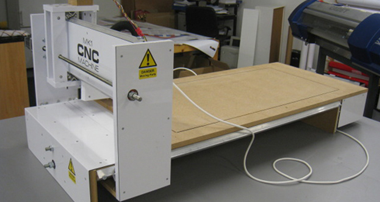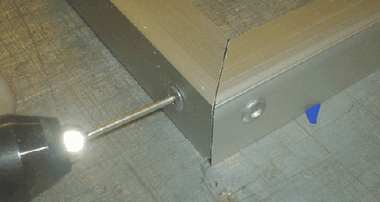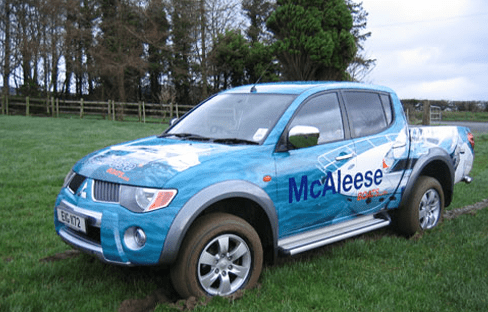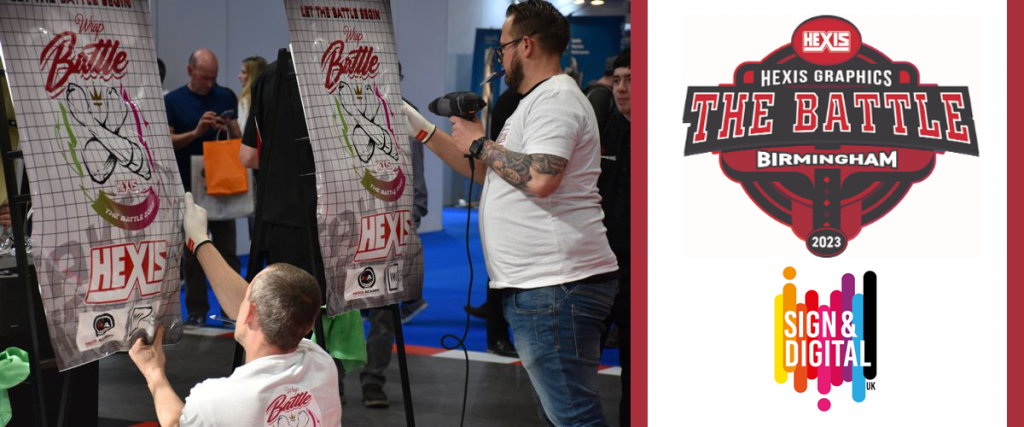Create Halo Effect Illuminated Signs using Vinyl
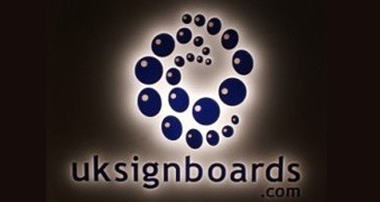
Andy Gorman of AG Sign & Display
Northamptonshire
England
This is how to make a halo effect illuminated sign using only a standard lightbox. It is important to use a clear panel, as opposed to the normal opal panel you might normally use in a lightbox. 3mm thick is OK for smaller signs, the effect will still work, but I think more refraction occurs with a 5mm thick panel. The background colour is created using vinyl. I would recommend light colours for the background. White, cream, yellow and some pale blues and greens work best.
Picture 1
shows the vinyl already cut. The weed border has been cut to the exact size of the acrylic panel to make registration easier. The picture on the left shows the vinyls that are to be applied on the rear of the panel. The text and logo have been inlined by 2mm then mirrored and weeded in reverse. The white one is the background colour (your choice of colour) and the black is going to be used as a blockout and should be black only. The picture on the right shows the vinyls for the front of the panel. The white is important, don’t change this colour. The blue is the logo and text colour (again, your choice of colour).
Picture 2
shows the comparison between the boldness of the graphics. It is important to remember to inline the graphics that are going on the rear of the panel.

Picture 3.
Start on the back of the panel first – this makes registration easier later on – and apply the white first. Use the weed border against the edge of the panel as a positioning aid. Then apply the black. Use whatever method you wish, but I always do this wet. Don’t worry if you are the tiniest bit out on registration at this point, it isn’t too important, close enough will do.

Picture 4.
The back is done. Turn the panel over and apply the white first and then the blue on top. Registration is very important as these 2 elements are identical. I don’t trust using the panel edges for registration here, and apply wet to enable exact registration.

Picture 5.
You’re finished. Look closely and you will see the background white looks rough. Don’t worry, it’s just the remaining water and squeegee marks being illuminated. Wait a couple of hours and these will disappear. They will go even sooner if the panel is left somewhere warm, like in the switched on lightbox.

Picture 6. Lovely Jubbly!

Andy Gorman


